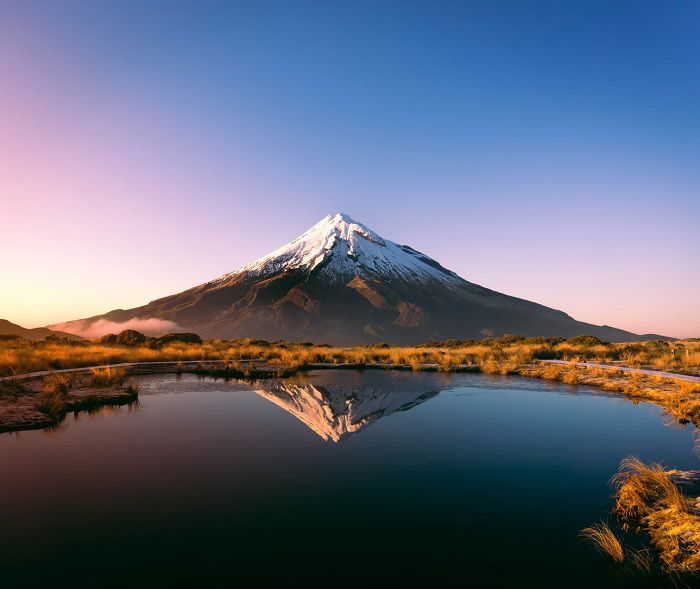How many types of landscape photography do you know off the top of your head?
We’ve got 21 types of landscape photography in this article that you can pick from if you’re feeling stuck. They’re organized in themes to make it easier for you to navigate through them.
The first decision you’ll need to make is what subject you want to concentrate on.
There are lots of different subjects you could approach. Below you’ll see a summary of them.
You could choose more than one subject and use a single photographic technique to portray them.
This is an exciting area of photography for many photographers. Not least because you likely already live in or near a big urban center.
The larger the city you’re photographing, the more interesting it will be. Bigger cities tend to have the type of architecture you’ll want to photograph.
Urban landscape photography can roughly be divided into three sub-categories.
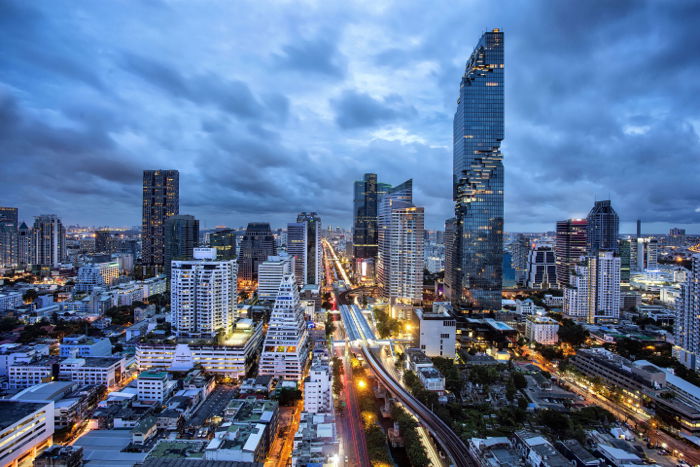
At the other end of the scale of urban photography is nature photography. In this case, the more remote you can go, the more stunning the landscape will likely be.
You can always find amazing natural locations you can reach by car. But chances are you’ll be taking a photo like those taken by many other people.
The true wilderness will reward you. Think deserts, mountain ranges, or even volcanos.
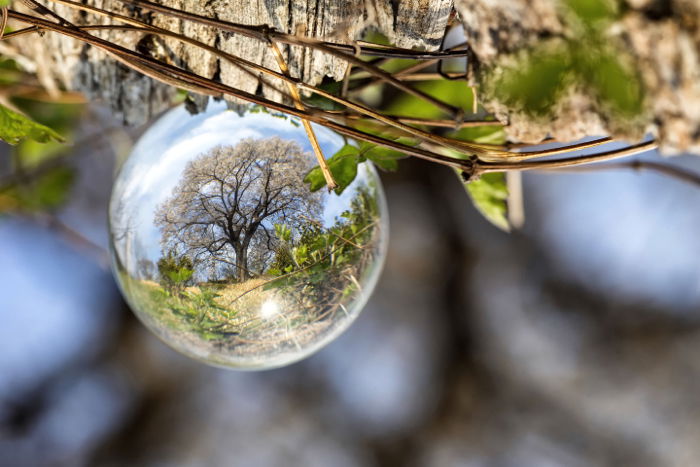
In the case of both nature and urban photography, sunset or sunrise are an ideal time for photos.
Many landscape photographers will only photograph during this time. Why is that? This time of the day gives you all those warm colors in the sky, something only seen briefly during the day.
It’s also when the light is easier to control. It’s less bright and comes from a lower angle.
Not every sunset is the same, though. And planning needs to go into getting the best results.

Camera equipment has improved a lot in recent years. Cameras can now perform well even at higher ISOs. This means photographing the stars is easier than ever. Subjects like the Milky Way are becoming more and more popular.
The following are some typical subjects you can photograph in the night sky.

The changing seasons can make for dramatic photos. Capturing the seasons means visiting the same location many times. You can photograph the same composition during winter, spring, summer, and autumn. This seasonal photo series is classic and timeless.
There will be some locations that work very well for a particular season. But they might be less dramatic at other times of the year. Use these techniques to figure out the best spot.
The types of landscape photography techniques you use can also lead to you develop a particular style.
The following are some of the most popular landscape photography techniques out there. Read on to see if one of these fits your style.
Light painting is one of the most creative techniques out there. There is an immense amount of potential that comes with it. In fact, you’re making your own image here, so you can make compelling images from any location.
The genre has many tools you can use. Keep in mind you’ll need to find a location that’s dark, and you’ll need a tripod.
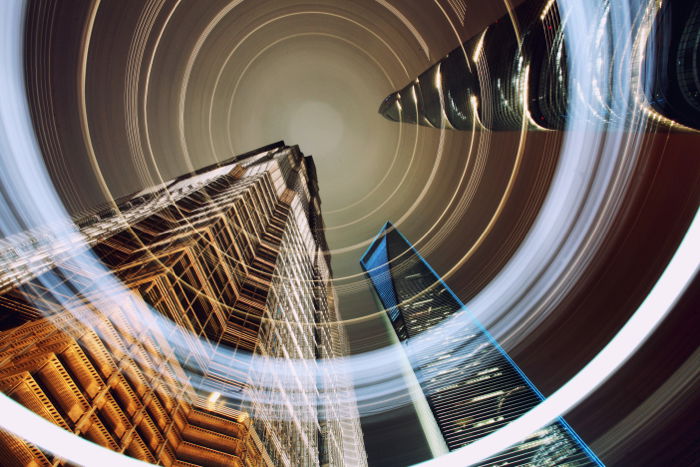
This technique is a great way of transforming your scene into a dreamscape. You’ll need the conditions to make a success of this technique. Look for a sunny day with a few clouds. At the very least, you need sunshine. IR photography works best when leaves are photosynthesized.
When vegetation photosynthesizes, the light it emits is infrared light. This is what you’ll use for this type of landscape photography.
You can manipulate the white balance in the camera or post-process later. IR photography will make any green vegetation appear white.
There are two main approaches to this form of photography.

A popular form of photography in recent years involves using a lensball. This is a glass ball that works as an external lens optic. This can be handheld or put on the ground.
You can capture a fish-eye-style image within the ball and blur out the background behind the ball.
You’ll have to overcome the challenge of the image within the ball being upside down. But this is all part of the fun when using one of these spheres.
Another favorite of landscape photographers is a long exposure. Use this to transform the moving elements within your frame.
You’ll need a tripod and a strong neutral density filter to take this type of photo. Use an ND1000 filter if you wish to take long exposure photos during the middle of the day.
The following are popular subjects for long-exposure photography.
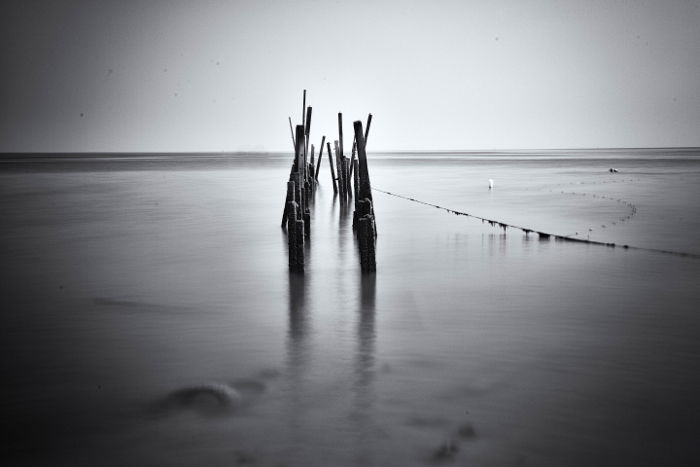
Silhouettes can form interesting landscape photos. These photos can be very minimalist in nature. The silhouette is your main subject.
A great landscape composition is layering silhouetted mountains against one another. Another great option is to silhouette a person or object against a sunset sky.
Composition is a key element of a photo. There are several different options available to photographers.
You can even choose one and make it your signature style.
This describes a composition where you are looking straight up from ground level.
This works best when you’re surrounded by tall objects. Make sure those objects are close to the camera. Think of tall buildings in a city or trees in a forest.
A bird’s-eye view describes looking straight down. You’ll want to take this type of photo from an elevated position.
The world looks very different from above.
The perspective lends a minimalist vibe to your work. Roads cutting through the countryside are a good subject for this.
There are several ways to achieve a perspective like this.
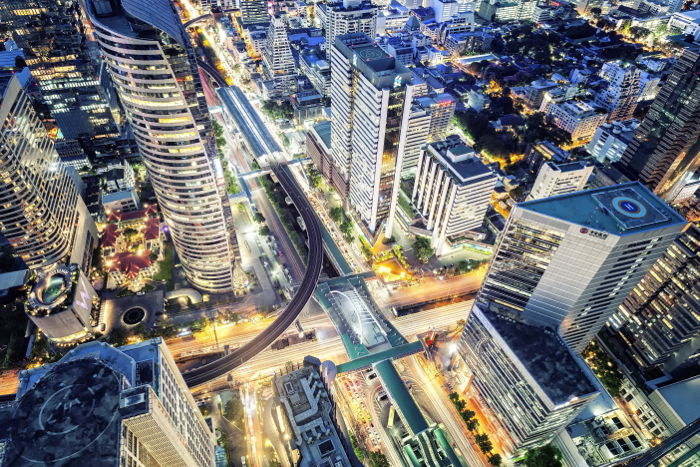
Minimalist landscapes look striking. The question is how to go about achieving this look. You’ll often need to visit somewhere like a desert or a coastline for this.
Get your wide-angle lens, and look for one single subject. The rest of the frame should be simple and uncluttered.
One of the most popular landscape compositions is the panoramic shot. It’s not something everyone photographs for. The 6 x 4 composition most cameras have means extra work to produce them.
It’s a great composition, though. And it works well for many landscape photography situations, whether nature or urban.
The following are the options available to produce this composition.
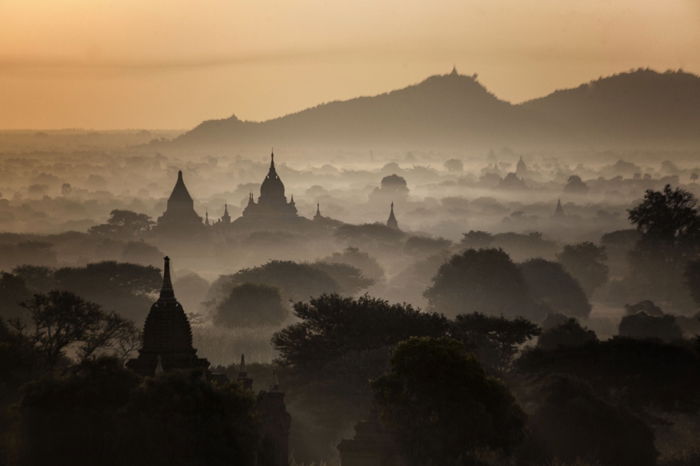
It’s almost a given that your photo will have one main subject. A successful photo will cut out other areas of the photo to allow the viewer to focus on the message of the photo.
Choosing one subject means your photo is likely to be minimalist in nature. But what will that subject be?
You might be an urban photographer, and all your photos focus on bridges as the main subject. If you’re a nature photographer, it might be a single tree.
You might even include one person in each photo. They could be looking off into the distance giving your photo a narrative.
Not all landscape photos are taken with a wide-angle lens. Some photos involve the use of a long telephoto lens.
The long lens will be for distant cityscapes or to focus on some distant mountains.
The wide-angle composition makes you work more for the photo, though. You need to think about what to include in the foreground elements of your photo.
Get low to the ground and let the foreground jump out of the frame with your wide-angle lens. Include roads in the foreground as they lead up to your main subject in the background.
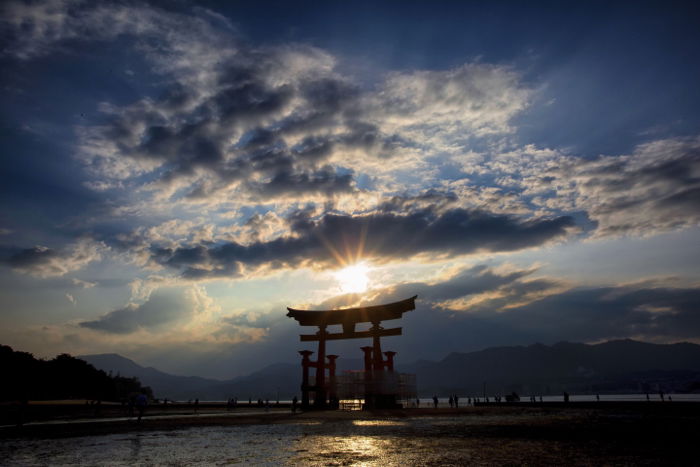
The final part of any photographer’s workflow is post-processing. This is an area rich with possibilities. You can explore it more for your type of landscape photography.
Here are a few types of post-processing for landscape images.
This is one of the most popular forms of photography. It’s difficult to reproduce the results you’d get with a film camera. But with the correct post-processing, you can still get good results.
Avoid using the camera’s built-in black-and-white function. Focus on post-processing a RAW file.
Black-and-white photography is all about contrast. You only have a greyscale to work with, after all. Adobe Camera Raw is a great choice for this application.
You can carry out the majority of the work with Nik Silver Efex. This program has a range of presets. You can use them on your photo to give it the punch a good black-and-white photo should have.
Another very popular way to edit photos is digital blending. You’ll notice HDR is not on this list. That’s because digital blending is far superior. It allows you to manually blend together photos of differing dynamic ranges.
This will be a real game changer for most photographers. You’ll produce natural-looking photos that have a real impact.

A lot of photographers want to add to the saturation of an image to make it more colorful. Photography is all about your style, though. And it can be very pleasing to desaturate as well.
This works especially well if you have a sequence of photos with a uniform editing style.
You can achieve this look by reducing the saturation of your image. You might also choose to reduce the contrast as well.
Nik Color Efex has several filters that allow you to create this desaturated look if this is your aim.
Another type of landscape photography is time-lapse. This is a video, of course, but you may want to experiment with this style.
The key is to get a sense of movement. You’re looking for places where traffic, people, or clouds move.
One of the best uses of this recording style is day turning into nighttime or vice versa.
What’s happening here is that single-frame photos are stacked together to form a continuous video-like scene. The clouds and other objects are moving fast across the frame.
One of the latest styles to explore is hyper-lapse. It’s time-consuming but very creative.
You can also look to present your photos with style. In galleries, photos will often have white or black borders.
You can add this to your image for an online presentation. By using this with all your photos, you can develop a style. You could also experiment with the vignetting effect within the image itself.
Darkening or lightening the edges of your image will draw the eye to the central area of your photo. This is likely your main subject.
With so many landscape photographers out there, it can be hard to stand out from the crowd. It’s especially tough given that the majority of the world’s iconic landscapes have been photographed many times before.
This article presents the many ways you can add your own style to the landscape photo you wish to take. The aim is to develop your style. People who see your work know it’s you without even looking at the name tag.
